
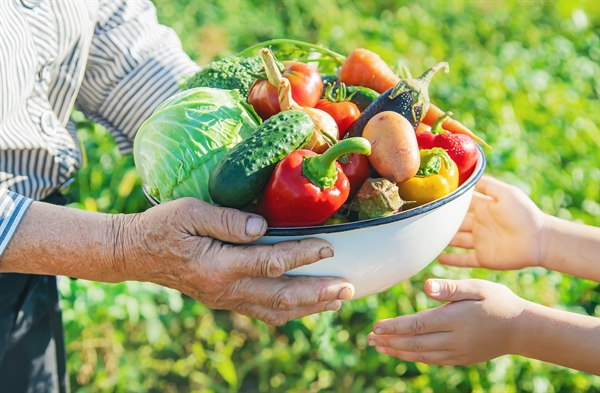
In 12065, Vincent Rocha and Alexia Mccarthy Learned About Pick Up Grass Clippings
Grass experts typically advise “topdressing” yards with a thin layer of garden compost. The product is spread one-quarter to one-half inch thick in spring or fall, depending upon local environment and soil. * Garden compost improves the moisture-holding capacity of the soil, includes nutrients, and feeds soil microbes. These microorganisms are crucial to the complicated process that makes food available to grass plants.
Garden compost spread on top of thatch can likewise speed thatch decay and get rid of the labor of mechanical elimination. However there is an issue: Compost quality differs. Whether you purchase it by the bag, choose it up at the local leaf dump or have it provided by the yard, how can you know that it is “excellent” compost? Think about these questions: Is it at the ended up stage?Does it consist of undesirable components such as dyes or building materials?Are there practical weed seeds in the material?Could it have pesticide residues? The parent products and the composting procedure both affect the quality of the end product.
” That is to utilize garden compost that has gone through compost-specific screening.” Acknowledging the issue this develops for customers and the land care industry alike, the USCC started the Seal of Testing Guarantee (STA) in 2000. STA is a screening, labeling, and disclosure program created to bring presence into the world of compost sales.
STA looks at 14 compost characteristics consisting of raw material, salts, p H, major nutrients, pathogens, metals, stability, and maturity. Rattie states one of the greatest concerns is the presence of pesticide residuals. Well-made garden compost, however, brings little of this risk. “A correct composting system ruins the overwhelming bulk of pesticides and herbicides,” says Rattie.
” Most of STA individuals sell wholesale through local landscape supply backyards, garden centers, and through direct sales,” says Rattie. USCC provides several resources to discover STA garden compost and a calculator to help identify the amount: Find a list of 200+ STA individuals Check out Buy Compost.com and utilize the USCC’s compost calculator on the upper right of the homepage.
” Bagged compost products only one cubic foot of material,” he states. “It takes 27 bags to get one cubic backyard. Do the mathematics!” When we utilized the garden compost calculator used by the USCC at Buy Compost.com, we discovered that a one-quarter inch layer on a quarter-acre yard (10,000 square feet) needs 7.7 cubic backyards or 5.9 cubic meters of compost.
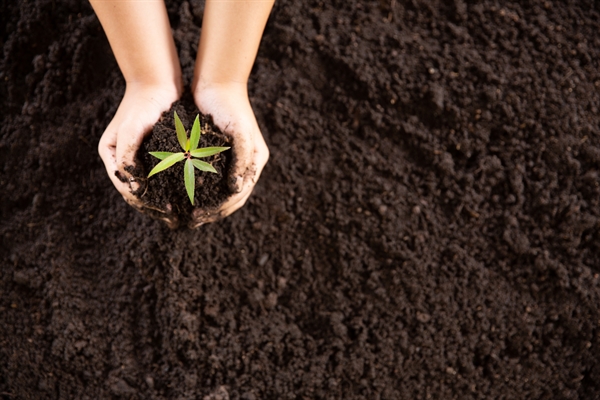
” Golf course and ball park superintendents having actually been using this strategy successfully for several years,” he states. Compost is spread in spring or fall, but there are very important nuances. In cool-season areas, the spring application is normally lighter and the fall application heavier. In the south, topdress warm-season turfs in early spring.
Put simply, compost is decayed raw material however that does not discuss much. To a romantic, compost is the very essence of life. The living element of the soil accountable for a myriad of the most superb and complex processes understood to guy. Organisms nourishing organisms all the way up the food cycle from easy bacterium to crops to human beings, none of it possible without decomposed raw material: compost.
In 48042, Brynn Fowler and Emilie Pitts Learned About Grass Clipping Mulch
It is the things of life, teeming with microorganisms that enter into the nutrient cycle of plants. Garden compost can be made little scale; in a yard or underneath a sink, or big scale; in giant windrows turned by front-end loaders or other specialized devices. In either case, it is all about breaking down natural matter till all that is left is a rich, dark, musty, nearly sweet-smelling compound with the consistency of potting soil.
Hay, straw, fish gurry, animal manure, twigs, tree bark, and seashells are typically used to make up the composition of garden compost. The garden compost is normally combined 2 parts dry product (bark, leaves) to one part damp or green material (grass clippings, fish gurry) and left in either containers, piles or windrows to decay.
Disintegrating compost must remain equally moist however not wet. Depending on the type of composting system, it can take anywhere from a couple of months to a year or more to finish the process, often described as “cooking.” Actively rotting garden compost is said to be cooking due to the fact that temperatures can reach anywhere from 120 to 160 F.
Caution Compost is ruled out properly cooked unless it has actually reached these high temperatures enough time to decontaminate weed seeds and remove harmful bacteria found in some manures. Eventually, more complicated organisms like amoeba and nematodes take in the easier germs and fungi, the pile starts cooling while the nutrients in the garden compost end up being a growing number of concentrated from their waste items and more decomposition.
Garden compost that is not totally completed can have an ammonia odor to it and may not provide the preferred impacts or it can even hurt the plants as it continues to prepare. It’s the bacteria in garden compost that provide it its magic. Countless microorganisms go to operate in the soil, biking nutrients and making them available to be used up by the plant.
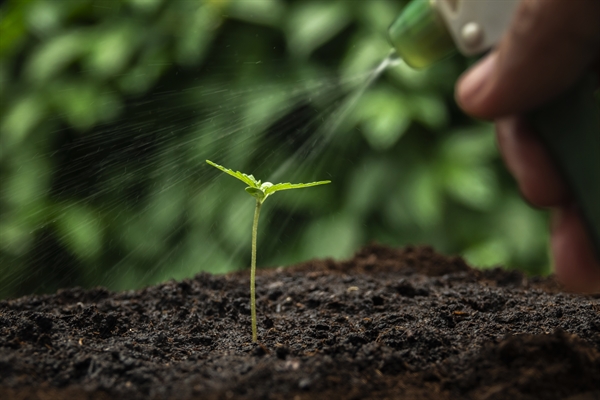
Garden compost is likewise loaded with micronutrients and other complicated biology that is incredibly beneficial for plant growth. Garden compost includes life to the food web, eventually leading to healthier turf. Good quality garden compost contains a high portion of finished raw material with the rest being comprised by smaller unfinished natural matter like wood chips, sawdust, seas shells and mulched leaf matter.
Garden compost can be spread by hand with shovels by utilizing a tossing action to attempt and attain a layer about 1/4″ thick. It can be smoothed out with a rake to blend it in a little better and after a number of days it will not even be visible on the surface area of the lawn.

Applying the compost right away after seeding and aerating is an outstanding way to incorporate the compost directly into the soil and provide a jump start for seedlings. Just doing this one or two times a year will benefit the yard more than lots of quick-fix products that are practical but not always the best option.
In Deerfield Beach, FL, Lina Hester and Aaron Watkins Learned About Machine To Pick Up Grass Clippings
Ideally, a yard would be topdressed with compost a number of times a year but a composting program will ultimately be dictated by money and time. The target for a composting program ought to for a lawn’s soil to contain 5% organic matter. It appears like a percentage but it can take years to develop in specific soils.
As soon as organic matter begins to develop in the soil, topdressing can be cut down to as soon as or two times a year. Likewise, the need to fertilize and water the yard will begin to decrease as the soil begins to provide optimum growing conditions for turf. Weed, insect and disease pressure will reduce also, resulting in cost savings over the long term as the work of the healthy soil changes the life assistance system of synthetic fertilizers and chemical pesticides.
House & Garden Green Living How to Top-Dress Lawns with Garden Compost By Cathy Cromell, The National Gardening Association If you’ve gone through the effort of making rich garden compost of your own, you can use it to top-dress your lawn for thicker, much healthier yard. You can use garden compost to top-dress both new and existing lawns.
Top-dressing is specifically handy in dry environments or during dry or breezy spells, where the soil and seeds quickly dry within hours. (If a sprouted seed dries out, it’s a goner.) On an existing yard: Top-dressing with compost might also revitalize existing lawns. Lawns frequently end up being compacted over time from foot traffic, play, and mowing, which prevents air, water, and nutrients from distributing freely through the turf’s root zone.
To core aerate a little spot of grass, utilize a specific foot press that you can find at your local house and garden store. For big lawns, rent a maker from a devices supply business or work with a yard maintenance firm. When top-dressing with garden compost, you ought to just utilize screened garden compost or compost with particle sizes of 3/8-inch or less.
Also, make sure to top-dress with compost that’s guaranteed free of weed seeds, or you may be sowing a future weeding nightmare into your lawn! No matter where you live, the finest time to aerate and top-dress your lawn is when it is most actively growing. This enables the turf to vigorously rebound after having actually holes typed it.
Prevent aerating these grasses during summer season’s extreme heat, which might stress roots. Although some growth occurs in early fall, these kinds of turfs go semi- or fully inactive as weather cools, making recovery after a late aeration more difficult. Likewise, early aeration promotes much better penetration of summertime and fall rains through the soil when it’s most helpful for growth.
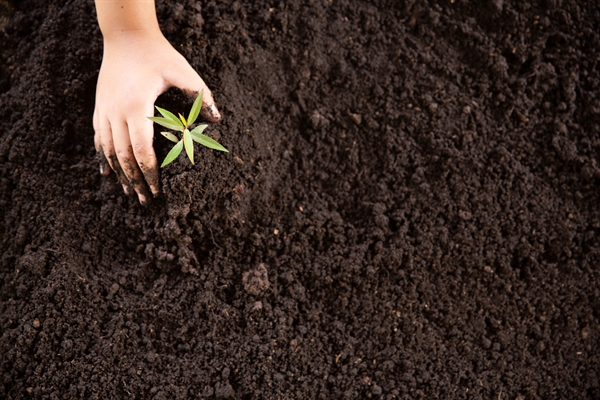
If you reside in a warm climate that permits year-round lawns, you have various choices. The best time to aerate and top-dress is early to mid-summer when your warm-season yard (such as Bermuda grass) is actively growing. You ought to also use compost top-dressing (without aeration) after overseeding your summer season yard with a cool-season lawn (such as ryegrass) in the fall.
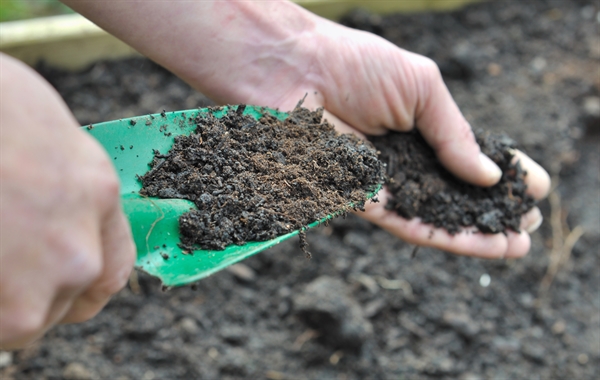
In Greenfield, IN, Kobe Hogan and Lamar Parker Learned About Lawn Trimmings
The arrival of summer reminds us that it’s not far too late to nourish your lawn the healthy way with natural compost from World Natural. As lawn-spraying services broaden their grip on suburbia it is necessary to keep in mind that using natural practices to motivate grass in your backyard protects your animals and household from hazardous chemical fertilizers and herbicides.
It will significantly increase useful microbial activity in your soil, benefiting your yard even more. And it’s a great method to deal with the spots in your yard that are thin, brown and unhealthy. From Organic Lawns, Healthy Soil: “Established lawns benefit considerably from a single annual application of compost, even more significantly from 2.
Depending upon your lawn’s size, a wheel barrow and a shovel may be the very best way to distribute garden compost around your yard, followed by a great raking (a push broom will also work) to distribute it more equally. Though tough to discover and bothersome to use effectively, a garden compost wheel or peat spreader can distribute garden compost throughout little yards though they can be hard to press and require to be filled up often.
Compost must be spread no greater than a half-inch deep. The idea is not to bury turf blades, smothering them and keeping them from sunlight. If that implies less than a half-inch of garden compost, then lower your application. You desire grass blades exposed to oxygen and sunshine. Using compost to problem locations will likewise help treat them.” Adding garden compost will assist your lawn’s soil keep wetness throughout the long hot months of summer, keeping your lawn greener longer.
Do Garden compost: Turf clippings, leaves, stalks, dead plants, branches as much as pencil diameter, and many weeds. Don’t Garden compost: Weed seeds and invasive weeds like ivy (they resprout!), infected plants, animal waste, clippings treated with weed or bug killers, or food waste. Instead, try the rodent-resistant approaches explained in Food Waste Composting.
It takes 6 to 12 months for soil creatures to alter the majority of backyard waste into completed garden compost. For faster composting, keep your stack as wet as a wrung-out sponge. Chop up stalks and twigs. Mix “green” products like yard clippings with “browns” like fall leaves and stalks. Sign Cause Option Bad smells Pile too damp, no air, or includes food or animal waste Turn pile.
Get rid of food. Stack is dry Insufficient water Turn stack. Add water to keep as moist as a sponge. Moist enough, but slow composting Insufficient “greens” Turn stack. Add “greens” like yard, plants, or manure Slimy lawn, ammonia smell Excessive fresh turf in stack Leave clippings on lawn, instead of composting.
Pile shrunken, but looks un-decomposed Top too dry, completed compost is at bottom Harvest finished garden compost from bottom. Start brand-new stack with un-composted material. Contact the experts at the Garden Hotline at (206) 633-0224 (language analysis available) or at Garden Hotline. Composting at House Guide (pdf) – Demand a complimentary copy.
In 95050, Alma Yang and Raiden Weber Learned About Are Grass Clippings Good For The Garden
Garden Compost Resource List (pdf) – Lists bin suppliers, tools, and more. Composting Questions & Responses (pdf) – Answers to some common concerns. Tilth Alliance – Uses classes in composting and organic gardening, and home-made garden compost bin plans.